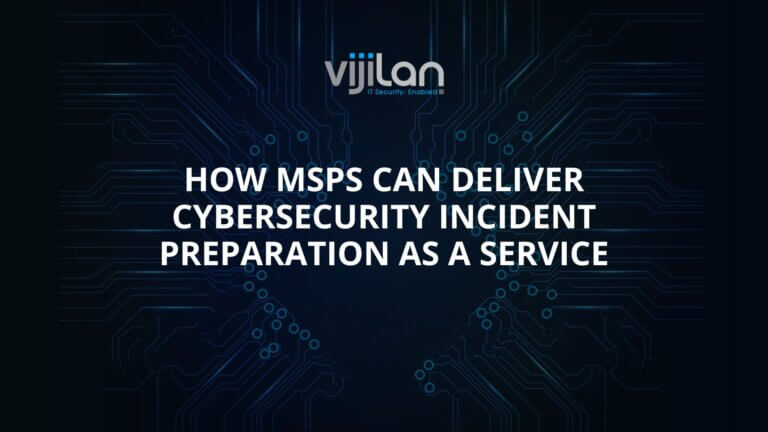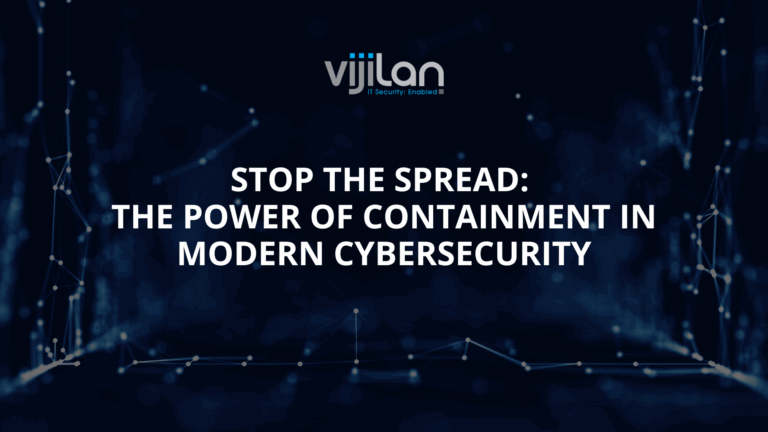Disrupting the Ransomware Kill Chain
Ransomware is a type of malicious software that is designed to block access to a computer system until a sum of money is paid. Ransomware attacks have been on the rise in recent years and have become a major threat to organizations of all sizes. These attacks can result in significant financial losses, reputational damage, and data breaches. To protect against ransomware attacks, it is important to understand the kill chain and how to disrupt it.
The ransomware kill chain is the series of steps that attackers take to successfully launch a ransomware attack. It typically involves several stages, including reconnaissance, weaponization, delivery, exploitation, installation, command and control, and actions on objectives. Each stage presents an opportunity for defenders to disrupt the attack and prevent the attackers from achieving their objectives.
Here are some steps that organizations can take to disrupt the ransomware kill chain:
- Implement strong access controls: Restrict access to sensitive data and systems to only those who need it. Use two-factor authentication and strong passwords to reduce the risk of unauthorized access.
- Train employees: Train employees on how to recognize and respond to suspicious emails, links, and attachments. Make sure that employees are aware of the risks of ransomware and how to report any suspicious activity.
- Use endpoint protection: Use endpoint protection solutions to detect and block ransomware attacks at the point of entry. These solutions can help detect malicious files, block known ransomware variants, and quarantine infected endpoints.
- Patch vulnerabilities: Keep all software and systems up-to-date with the latest security patches to prevent known vulnerabilities from being exploited by attackers.
- Back up data: Regularly back up critical data and store it securely. In the event of a ransomware attack, having a recent backup can help organizations recover their data without paying a ransom.
- Monitor for suspicious activity: Use security information and event management (SIEM) solutions to monitor for suspicious activity on the network. Look for indicators of compromise, such as unusual file activity, network traffic, and user behavior.
By following these steps, organizations can disrupt the ransomware kill chain and prevent attackers from successfully launching an attack. However, it is important to note that there is no one-size-fits-all solution to ransomware. Each organization must assess its own unique risks and implement a comprehensive security program that includes people, processes, and technology.
At Vijilan Security, we specialize in helping organizations protect against ransomware and other types of cyber threats. Our team of experts can help assess your security posture, identify vulnerabilities, and implement effective security controls to mitigate risk. Contact us today to learn more.




